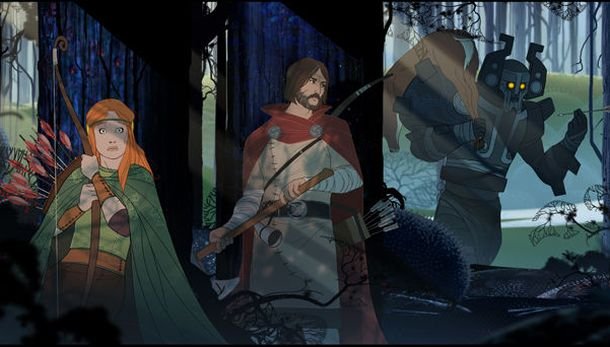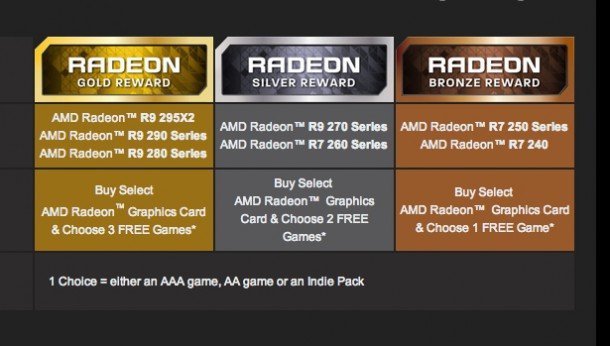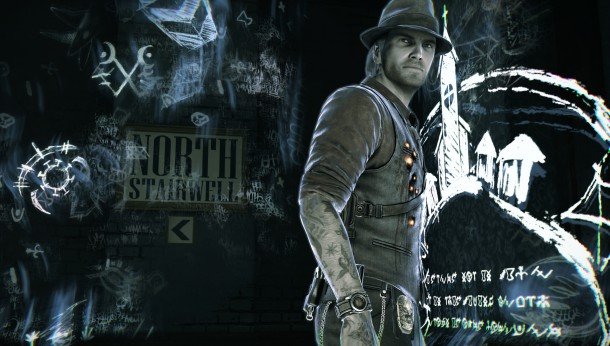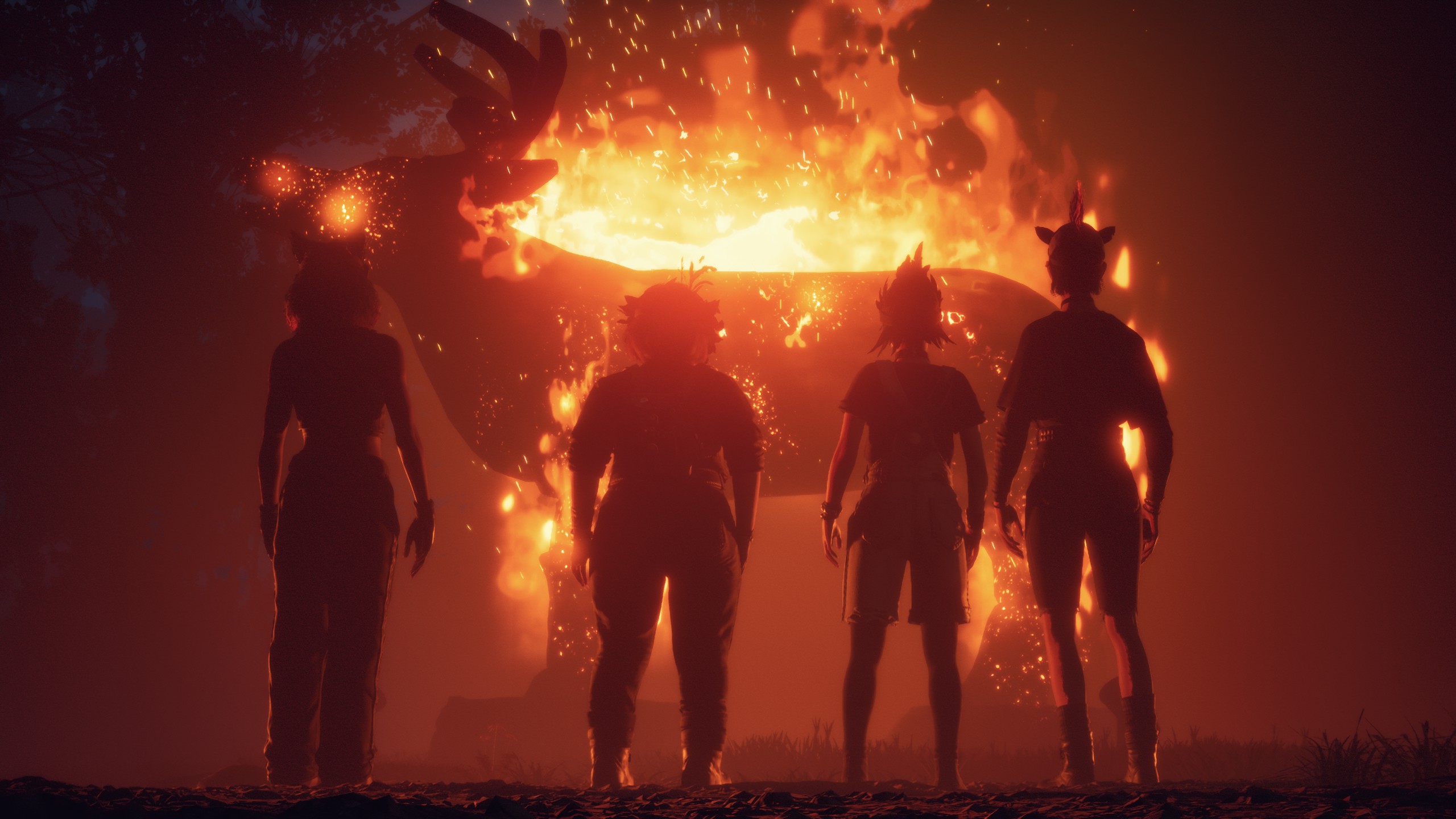AMD Never Settle Forever scheme offers new batch of games and indie bundles with cards

AMD have just refreshed their Never Settle program, which gives away games in return for spending cash on Radeon silicon. The Never Settle Forever program is extending the range of the deal to include low-end Radeon R7 cards as well as the standard Radeon R9 cards.
There are now three tiers of rewards depending on what graphics card you end up selecting for your home rig. The top-end Radeon Gold Reward is there for anyone who picks up a new R9 290 or 280 series graphics card, which includes anyone wealthy enough to have spent £1,100 on a new Radeon R9 295X2 . With the Gold Reward coupons you get to choose three free games from AMD's pool of titles, which includes Sleeping Dogs, Company of Heroes 2, Darksiders 2, Deus Ex: Human Revolution and more.
Beneath that, for anyone buying an R9 270 or R7 260 series card, you have the Silver Reward tier where you can pick up two free games. An R7 250 and 240 series purchase then will give you entry to the Bronze Award tier which allows you a single free title.

This time around AMD aren't just limiting the Never Settle Forever program to big-budget games, they're also offering indie bundles as a single choice. Each reward level offers an indie pack as a single choic. Each indie pack contains two of the four indie games on the list. Those are: The Banner Saga, Dyad, Guacamelee! and Tales from Space: Mutant Blobs Attack.

As well as a host of existing titles, like Tomb Raider and Thief, Gold and Silver folk can grab the upcoming Murdered: Soul Suspect when that launches in June too.
What are your thoughts on the relative merits of these sorts of gaming bundles? Would the offer of an extra game encourage you to buy a better card to bump you up a reward tier? Are there any games coming out that would make that choice for you?
The biggest gaming news, reviews and hardware deals
Keep up to date with the most important stories and the best deals, as picked by the PC Gamer team.

Dave has been gaming since the days of Zaxxon and Lady Bug on the Colecovision, and code books for the Commodore Vic 20 (Death Race 2000!). He built his first gaming PC at the tender age of 16, and finally finished bug-fixing the Cyrix-based system around a year later. When he dropped it out of the window. He first started writing for Official PlayStation Magazine and Xbox World many decades ago, then moved onto PC Format full-time, then PC Gamer, TechRadar, and T3 among others. Now he's back, writing about the nightmarish graphics card market, CPUs with more cores than sense, gaming laptops hotter than the sun, and SSDs more capacious than a Cybertruck.

